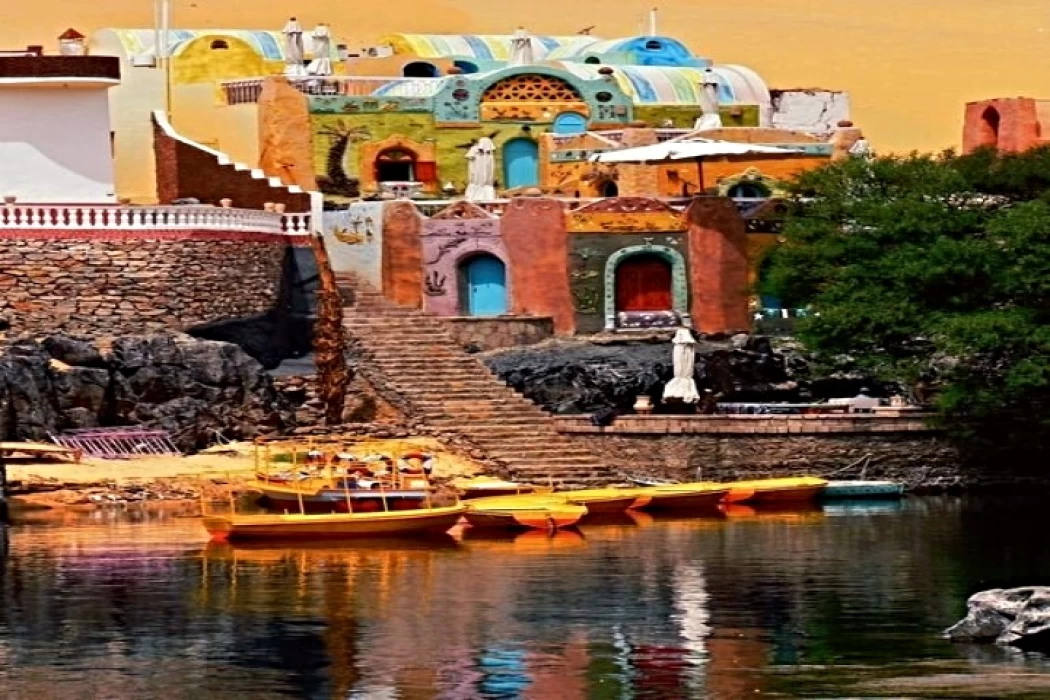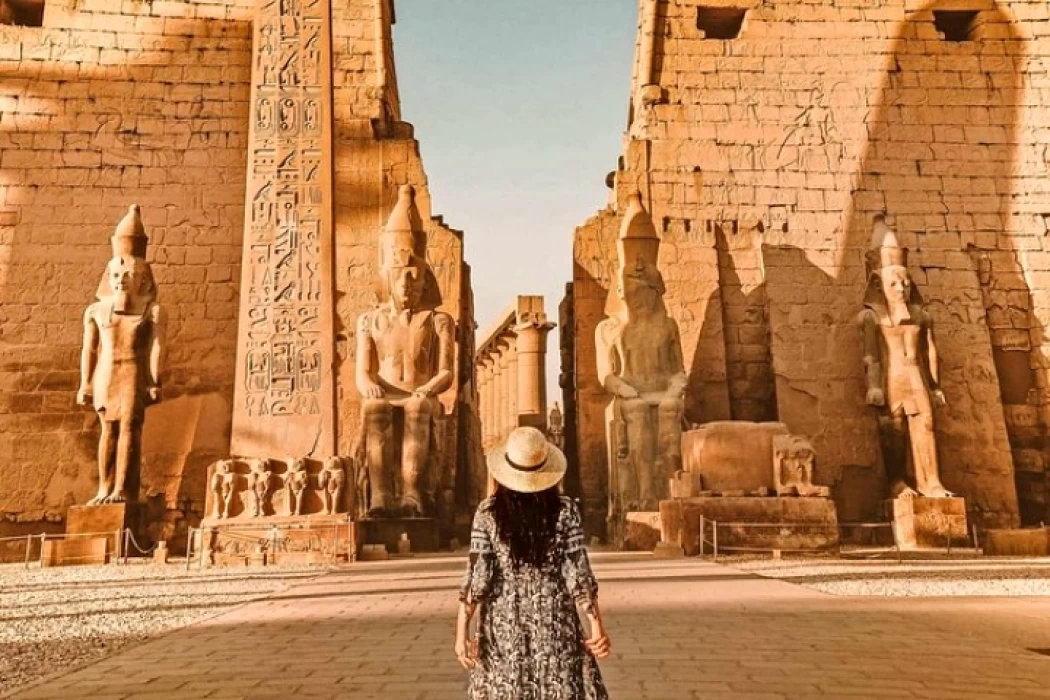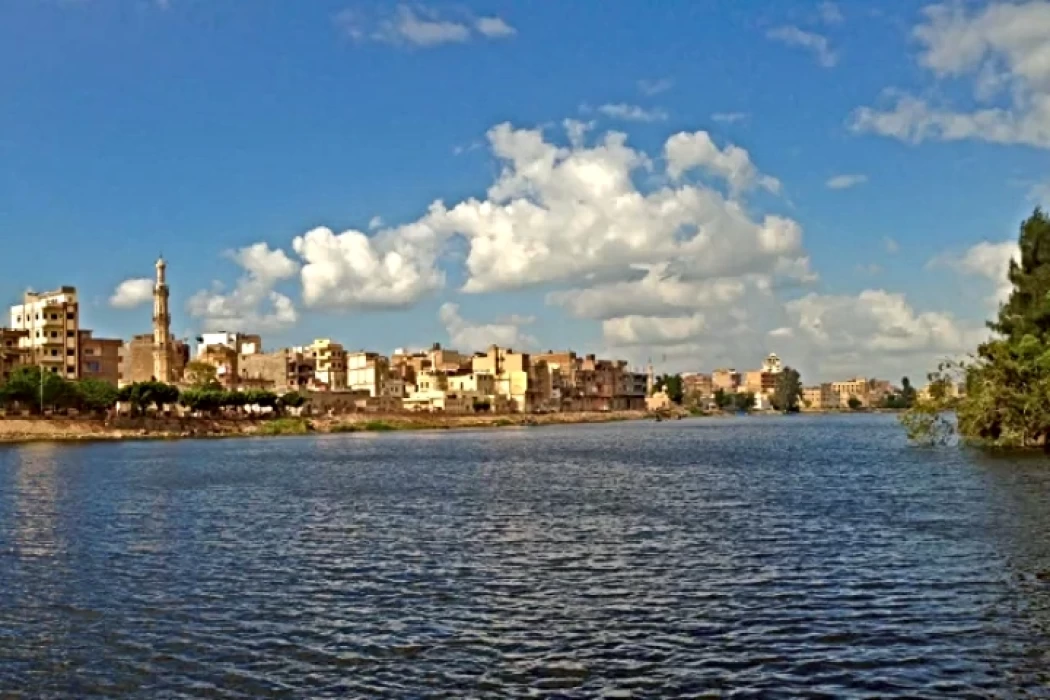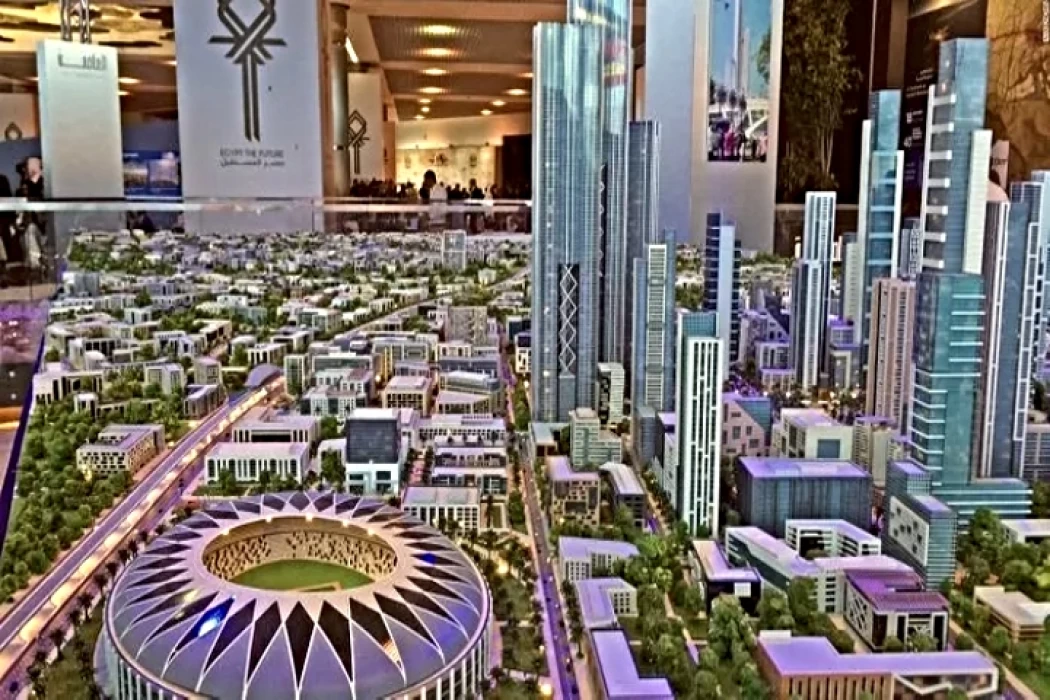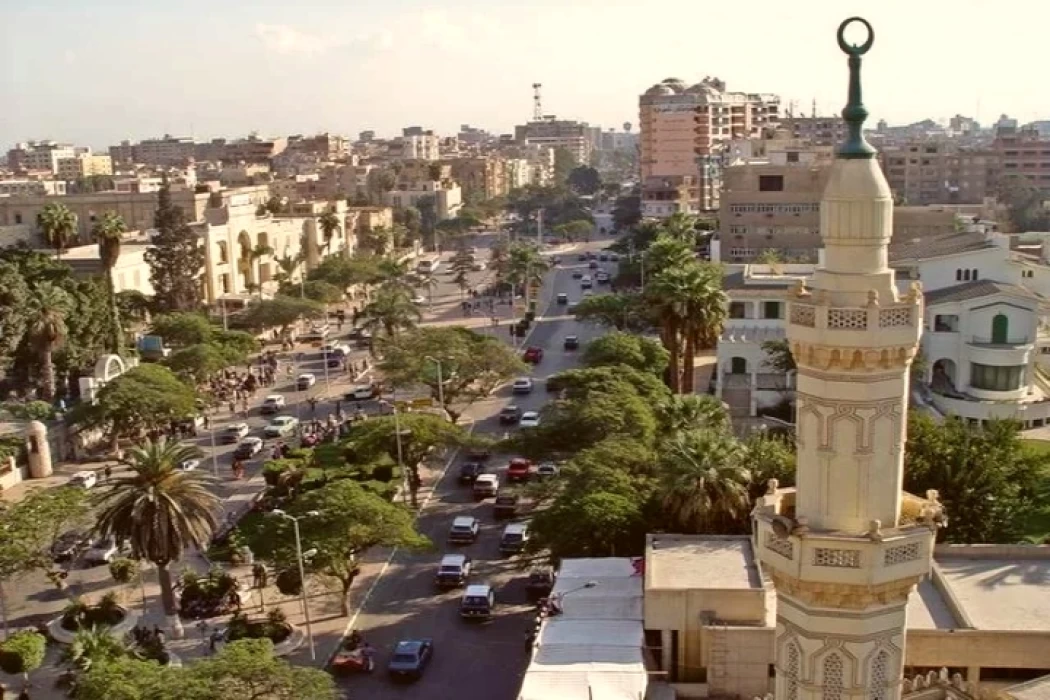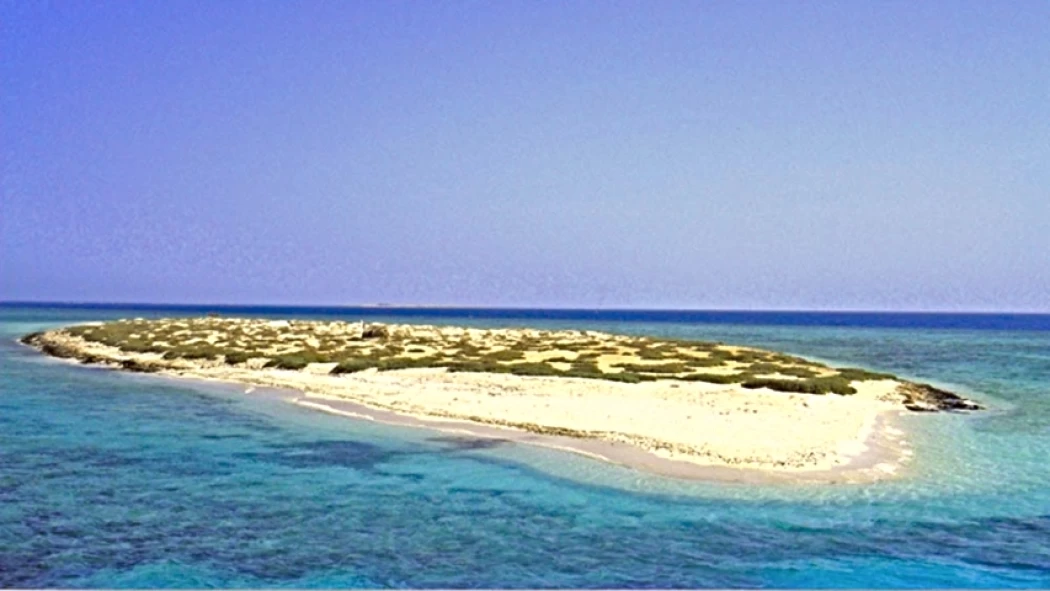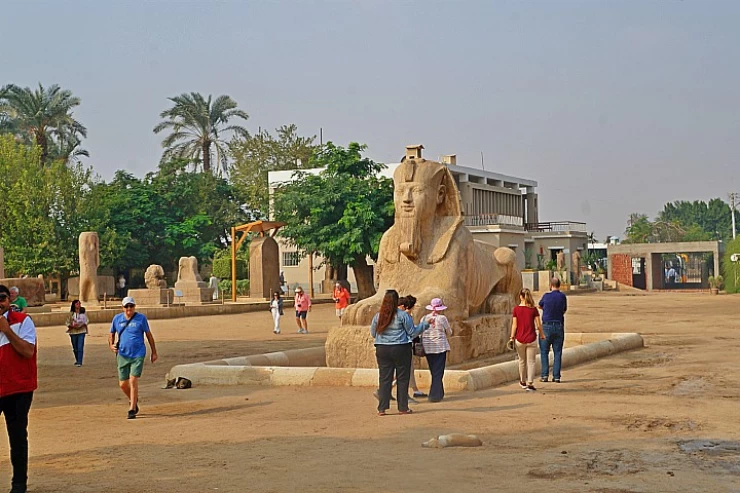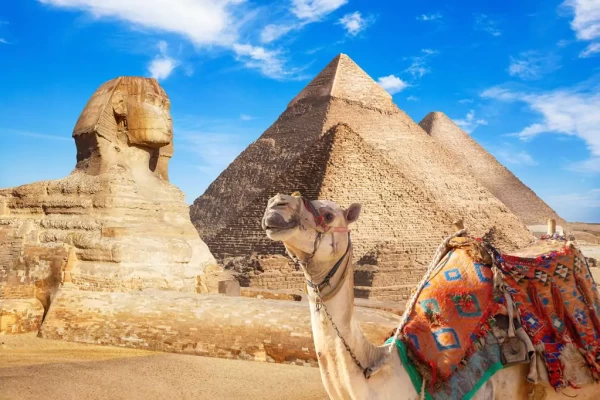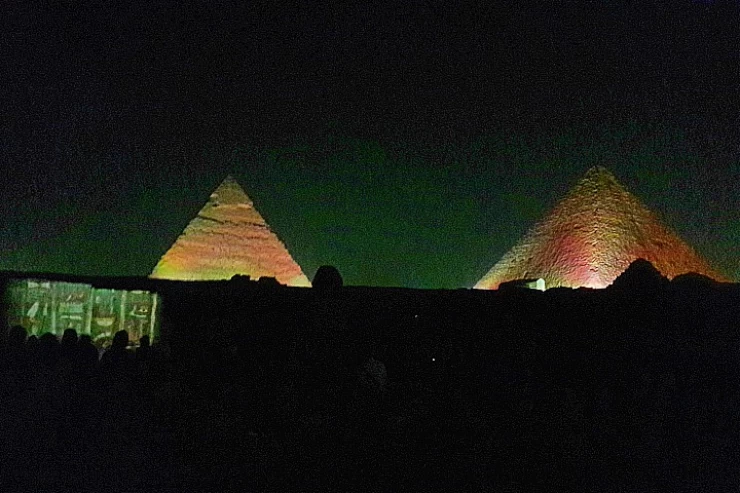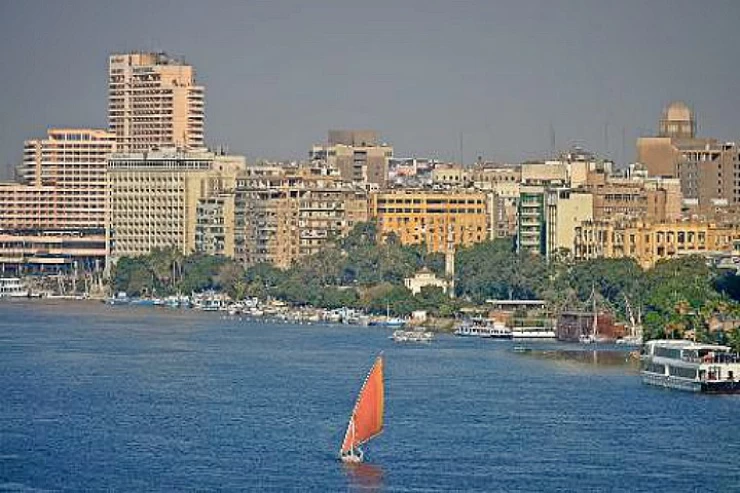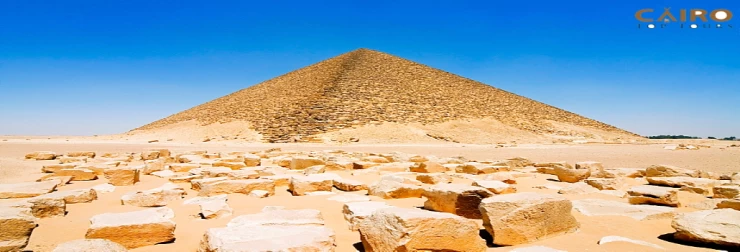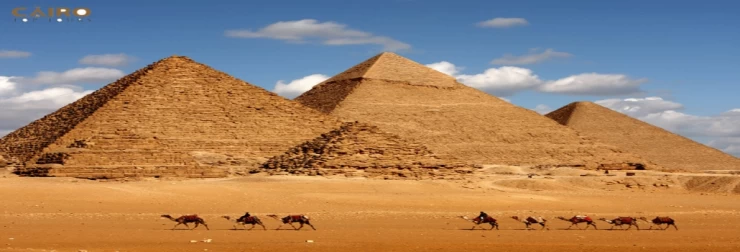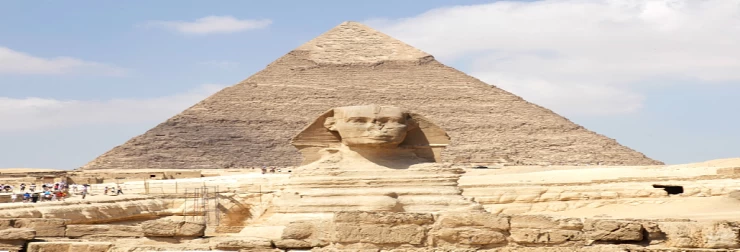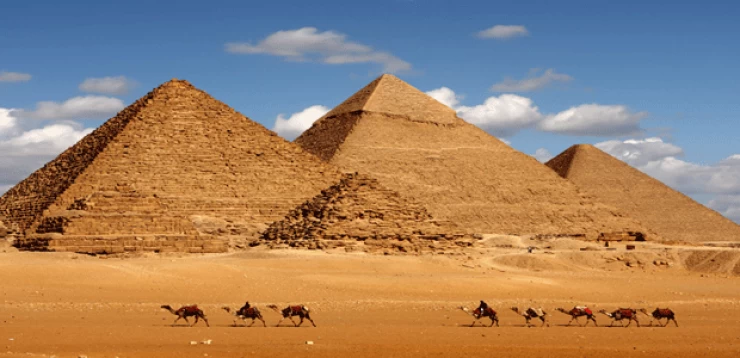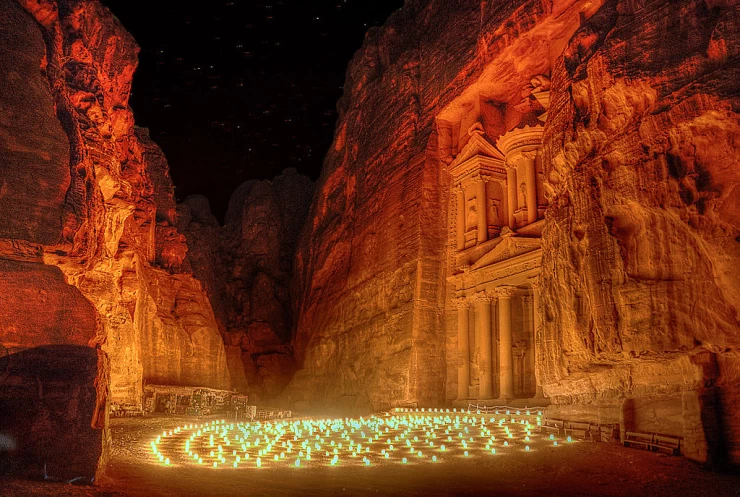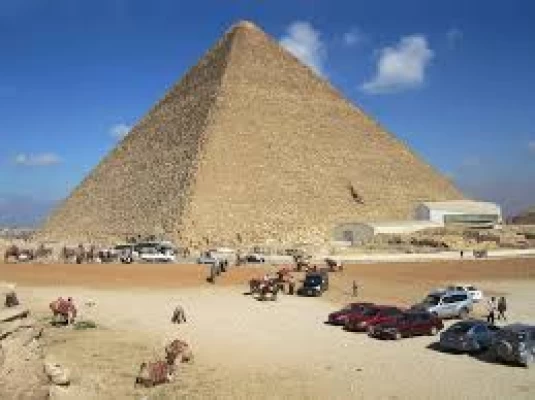
Giza -Ancient History Encyclopedia
Facts About Giza City
Giza is mentioned in many historical books and the most important of what Ibn Battuta described in his journey, where he described its port, inhabitants and shackles extensively. Giza dates back to the oldest times as it contains the remains of the city of Minf or Memphis the first capital of the Egyptian state after the unification of Qatari by Narmer.
Egypt's capital was during the reign of the first Pharaohs and built a pyramid Chef, which became one of the seven ancient wonders of the world and even after the capital moved to Taibah al-Luxur. In the Islamic era, Giza occupied an important place in its proximity to Egypt's Islamic capitals, such as Fattat, El-Kattaa and then Cairo.
In modern times, the first modern Egyptian university was built when Prince Fatima Ismail gave land to build the university, which Fouad I University called and now is the largest Egyptian university in Cairo. On March 21, 1919, the people of Giza emerged from a 1919 revolution against the English occupation, citing a large number of them. The governorate on March 21 of each year was regarded as the governorate's national day.
The governorate of Giza includes a number of the most important monuments and shrines of Egypt such as the three pyramids of Giza, the Abu al-Hol, Saqqqara, the hierarchy of Dahshur, the zoo and the Orman Park, the media production city, and the Pharaonic village.
- Abu Rawash
- Giza
- Dahshur
- Plates
- Leachate
- Minf
- Saqqqara
- Marine Oasis
Christian churches in Giza - Churches of the Coptic Orthodox Church
- Margargis Church, Mourad Street
- Marmercus Coptic Orthodox Church
- Mubarak Public Library
Latest Articles
Admin
Aswan Governerate in Egypt
Aswan was known as ‘Sonu’ in ancient Egyptian times, meaning market, as it was a trading centre for caravans coming to and from Nubia. In the Ptolemaic era, it was called ‘Sin’ and the Nubians called it ‘Yaba Swan’. It was also known as the Land of Gold because it served as a great treasure or tomb for the kings of Nubia who lived there for thousands of years. Before the migration, Aswan's borders extended from Asna in the east to the border of Sudan in the south, and its inhabitants were Nubians, but after the Islamic conquest of Nubia, some Arab tribes settled there.
Admin
About Luxor Governorate in Egypt
The South Upper Egyptian area is home to the Egyptian governorate of Luxor. Its capital is Luxor, which was formerly Thebes, the capital of Egypt throughout multiple pharaonic eras. Its centers and cities are spread over both sides of the Nile River. The said governorate was established by Presidential Decree No. 378 of 2009, which was promulgated on the 9th of December of that year.
Admin
History of kafr El Sheikh Governorate
Kafr El Sheikh Governorate, located in the far north of Egypt in the Nile Delta, overlooking the Mediterranean Sea, is characterised by the diversity of natural life and environments, and is one of the Egyptian cities that can be visited after the end of the first semester exams at universities and schools, as it features many diverse tourist and recreational places at symbolic prices within everyone's reach.
Admin
Egypt's New Administrative Capital
The New Administrative Capital is considered the project of the era because it reflects a perfect image of the future and progress on the economic, cultural, social and civilisational level, as the capital is considered the new capital of Egypt at the present time. The importance of the New Capital is that it is a comprehensive transformation of the future of buildings, services and national and mega projects in Egypt.
Admin
Al Gharbia Governorate
The Governorate of Gharbia is inclusive in the geographical area of The Arab Republic of Egypt which is in the African continent, more specifically in the region surrounding the Nile delta, between Damietta and Rashid governance. To the control of the region from the north is Kafr El-Sheikh Governorate, from the south Menoufia Governorate, from the east – Dakahlia, Qalyubia Governorates, and to the west is the Beheira Governorate.
Admin
Hamata Islands (Qulaan Archipelago) in Marsa Alam
Each reserve has several sectors. In Wadi El Gemal Reserve, there is one of the natural areas called the Hamata area or Hamata sector in Wadi El Gemal Reserve. Its sectors are the perfect and most ecological, land and water, and host countless animals and plants found in the oceans and on the land.
